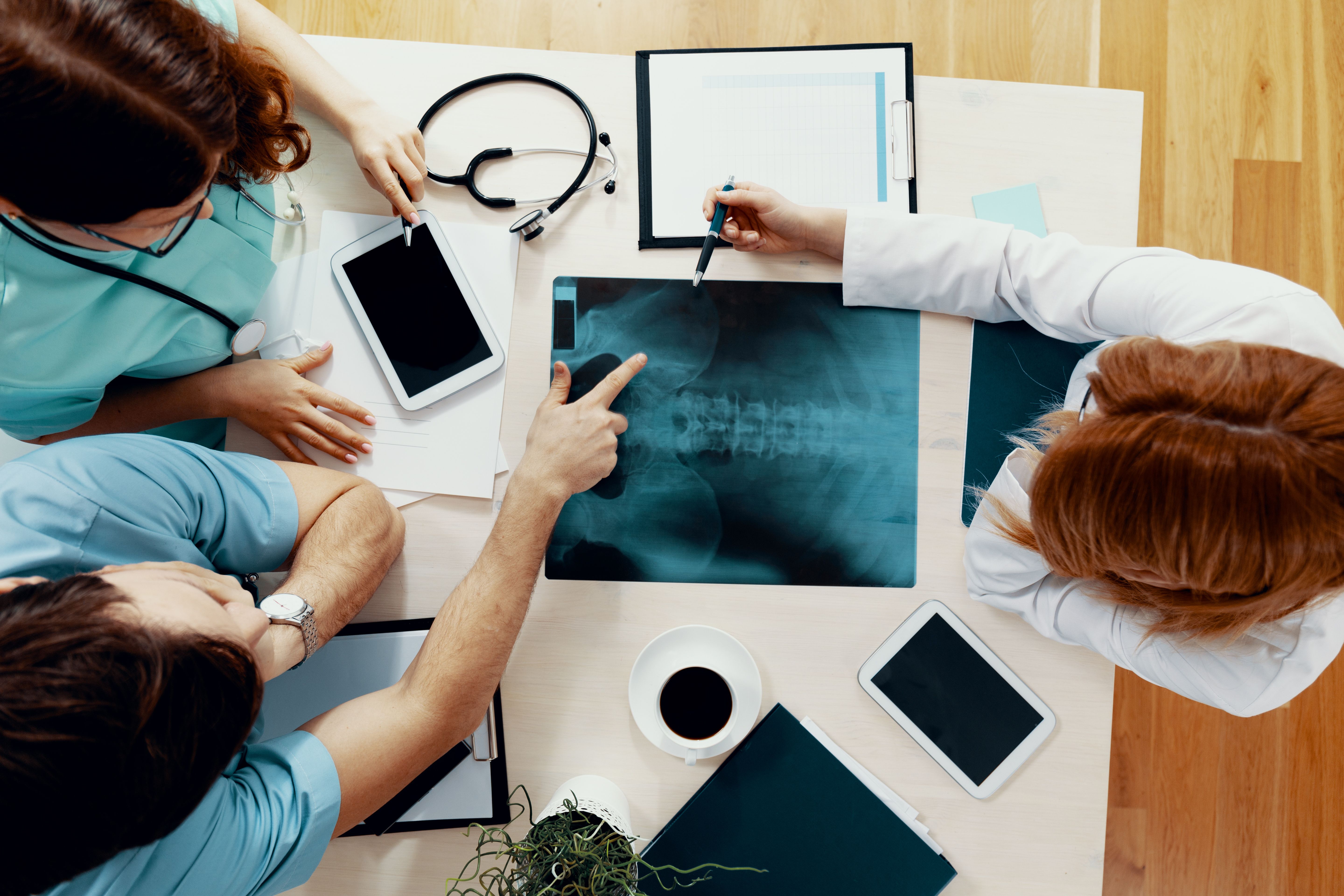Video
Role of Technology in Diabetes Care
Author(s):
Dhiren Patel, PharmD, CDE, BC-ADM, BCACP; Robert Busch, MD; and Diana Isaacs, PharmD, BCPS, BCACP, BC-ADM, CDCES, provide an overview of the pillars of technology utilized in diabetes care: Continuous glucose monitors (CGMs), smart insulin pumps, and connected insulin pens.
Transcript:
Dhiren Patel, PharmD, CDE, BC-ADM, BCACP:Welcome to this Medical Economics® Around the Practice program titled “Pillars of Diabetes Care Technology.” I am Dr Dhiren Patel, adjunct associate professor of pharmacy practice at the Massachusetts College of Pharmacy [and Health Sciences] and an endocrine clinical pharmacy specialist. Joining me in this discussion today is: Dr Robert Busch, director of clinical research and apracticing endocrinologist at the Albany Medical College [Faculty Practice];and Dr Diana Isaacs, a clinical pharmacy specialist and the CGM [continuous glucose monitoring] program coordinator at the Cleveland Clinic Diabetes Center. Thank you both for joining me for this program.
Robert Busch, MD: Thank you.
Diana Isaacs, PharmD, BCPS, BCACP, BC-ADM, CDCES: Thanks. It’s great to be here.
Dhiren Patel, PharmD, CDE, BC-ADM, BCACP: I want to start with talking about diabetes and the advancement that we’ve seen over the past decade, maybe even less than that—the last 5 years. Diabetes has grown leaps and bounds, not only when we think about it from a pharmacotherapy standpoint, but also the technology that’s available to us as ATPs [assistive technology specialists] and our patients. When we think about our 3 pillars of diabetes technology, the 3 buckets that I categorize them into are: Continuous glucose monitors [CGMs], insulin pumps, and now we have connected insulin and smart pens that are available. I want to quickly go around and get your reactions on how you see this diabetes landscape, especially since you both have had a front row seat to this changing paradigm. Any initial thoughts or reactions on how you see these 3 pillars, and a look back at history and where we are now? Dr Busch, I’ll start with you.
Robert Busch, MD: When I started, people were still doing urine dipsticks, and we know how crude that was. At that time, sugar in the urine was bad. Now, with SGLT-2 [sodium-glucose cotransporter-2 inhibitor] therapy, we know sugar in the urine is good. To go from that, to having finger sticks where you had to cut the strips in quarters or eighths because they were expensive, match it calorimetrically, then to finally have a meter, and now to have CGM—it’s incredible. Just as the meds have advanced from sulfonylurea to the tantalizing array of drugs we have now, for the technology to advance like this—particularly the monitoring and the pumps—is incredible.
Diana Isaacs, PharmD, BCPS, BCACP, BC-ADM, CDCES: Yes, I have to agree. To think people were checking their urine, and now we’ve got continuous glucose monitors that make it much easier to monitor glucose. Even with insulin pumps—when you think of the first pump, it was the size of a huge backpack, and now we have these small, discreet devices. We’re coming a long way and it’s continuing to evolve quickly.
Dhiren Patel, PharmD, CDE, BC-ADM, BCACP: Yes, I agree. There’s a lot of technology available. We’ve come a long way to make the lives of our patients as easy as possible and for them [to] not [have] to think about their condition all the time. We’re going to be talking about a lot of this technology today—and we’ll also talk about some of the clinical outcomes—but all of the software metrics, the quality of life, and other things that are going to significantly help our patients from a patient satisfaction perspective will go a long way.
Transcript edited for clarity.





